I commuted to work via London’s hidden green spaces – here’s what I learnt
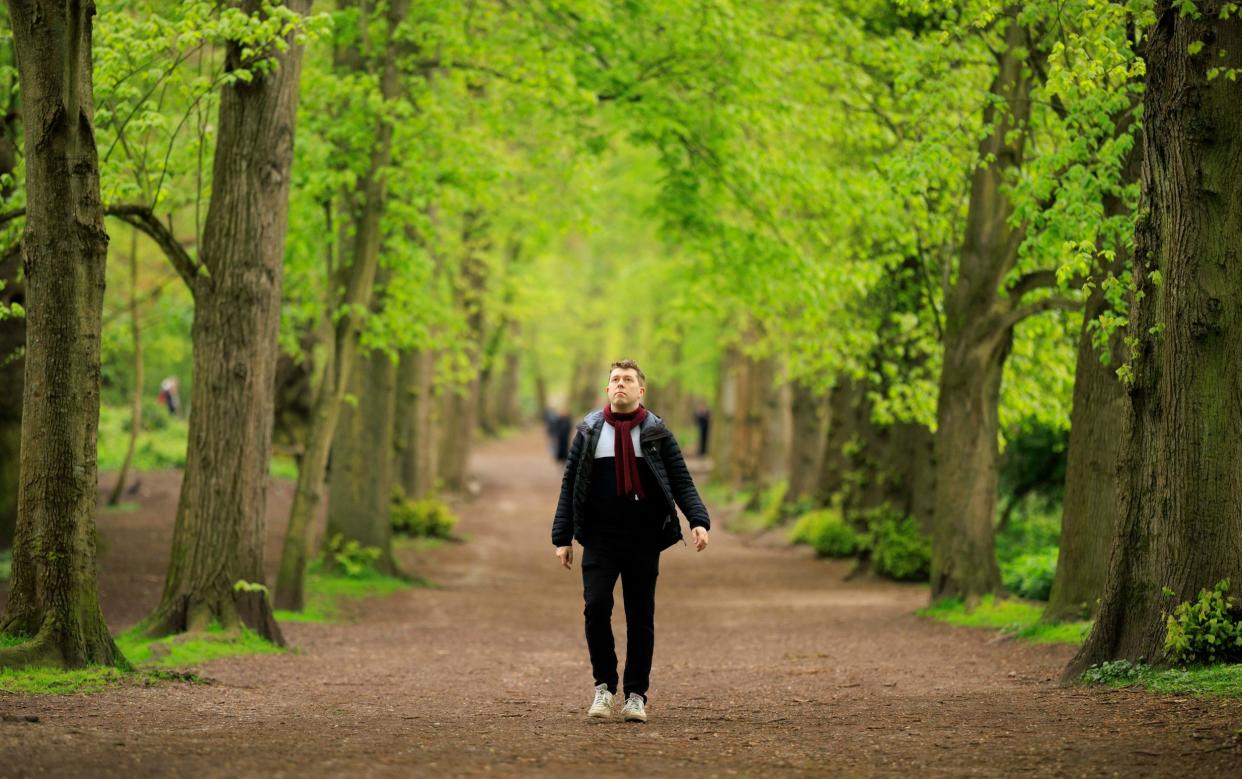
It can be easy to miss just how much greenery surrounds London when you aren’t paying attention. That’s why graphic designer Helen Ilus created the Greenground Map.
Modelled on the iconic Underground map, Ilus’s work aims to highlight the green spaces that go unnoticed, linking up parks, waterways and paths to form a series of new networks around the city. Just as the tube network has the Bakerloo and Victoria lines, the Greenground Map has the Grand Regent and the Wandle along with pre-existing pathways such as the Capital Ring, Green Chain Walk, LOOP and others that Helen has created by connecting the dots – or leafy stretches – of the city.
Around 40 per cent of London, 35,000 acres of the city, is made up of public green spaces. That’s before you factor in the trees lining streets, private gardens and sports fields. Added together, London’s golf courses alone make up an area larger than the borough of Brent.
Though I admire Ilus’s bucolic vision of London, it isn’t always easy to see the wood for the tower blocks. More often than not, my vision of London is confined to the walk between my flat and the local Tube station, and the other end of my commute to the Telegraph office at Victoria.
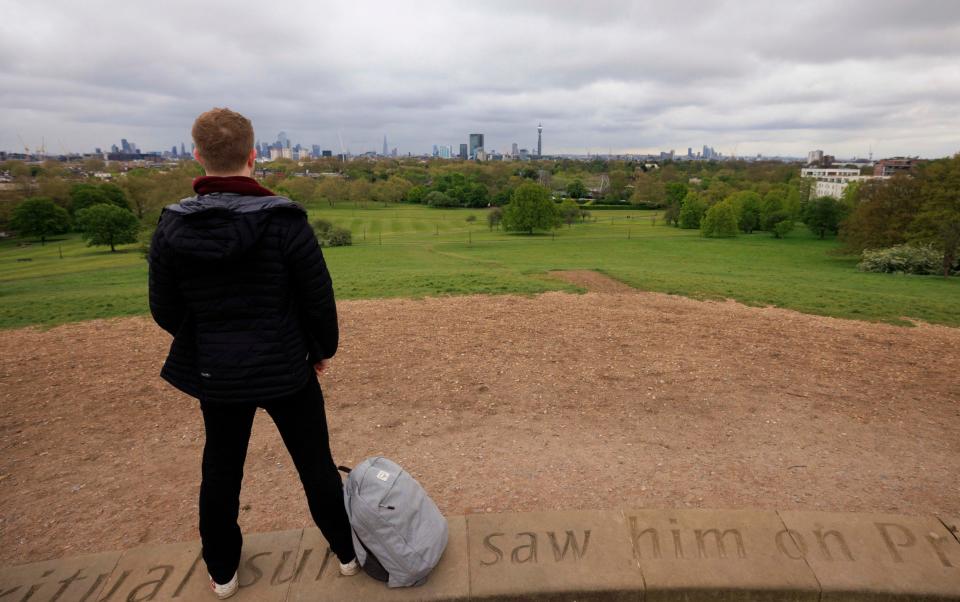
Still, it might behove me to pay more attention to nature. “In a recent review, looking at 28 different scientific papers, experts found spending time in nature improves not just our mental health, but our physical health – including immune function,” says Dr Suzanne Bartlett Hackenmiller, chief medical officer for mapping app AllTrails.
“Another study looked at the benefits on the brain of just an hour in nature and found memory and attention span improved 20 per cent,” she continues. “I’ve read another study which found that seeing ten birds in a day makes people happier than those who don’t see any.”
After this especially wet and miserable winter, all of that sounded good to me so I decided to give the Greenground Map a try. I would treat myself to a slower, more mindful and hopefully healthier commute to work.
Hopping on Ilus’s ‘Hill’ line at Kenwood House on the northern edge of Hampstead Heath, five minutes from where I live, I wandered through the woods and along the muddy pathways of the Heath, listening to the shrieks of bright green ring-necked parakeets and admiring packs of well-bred North London dogs.
It was a far cry from the sweaty crush that comes with jumping on the Northern line at this hour. Quiet is something of a rarity when you live in London and I savoured the taste of it in the chilly morning air on the Heath.
My next stop, I regret to say, was a bust. The miniature nature reserve of Belsize Wood opens only at the weekends, so I missed out. Still, were it not for the Greenground Map, I’d never have known the place existed, a tiny green oasis nestled between former council flats which nowadays probably sell for several hundred thousand pounds.
From there it was down to the ‘Hill’ line’s terminus at Primrose Hill. William Blake’s poetry echoing through my ears, I took a moment to stop at the summit, admiring the view of St Paul’s, the City, the London Eye and even a glimpse of Big Ben. Insider’s tip from a park keeper who happened to see me there: if you don’t get tickets for the New Year’s Eve fireworks, this is the place to watch them.
You might be able to celebrity-spot at the same time. Taylor Swift is known to own a house around these parts and I passed the Arctic Monkeys’ Alex Turner on my walk.
From here, I swapped to the ‘Royal’ line which took me through Regent’s Park, passing London Zoo (peeking over the hedges, I spotted a few monkeys and parrots). Then onwards to Cavendish Square just behind Oxford Street, a scrubby patch of land, remarkable only for the sky-grazing plane trees and having had a minor role in Robert Louis Stevenson’s Dr Jekyll And Mr Hyde.
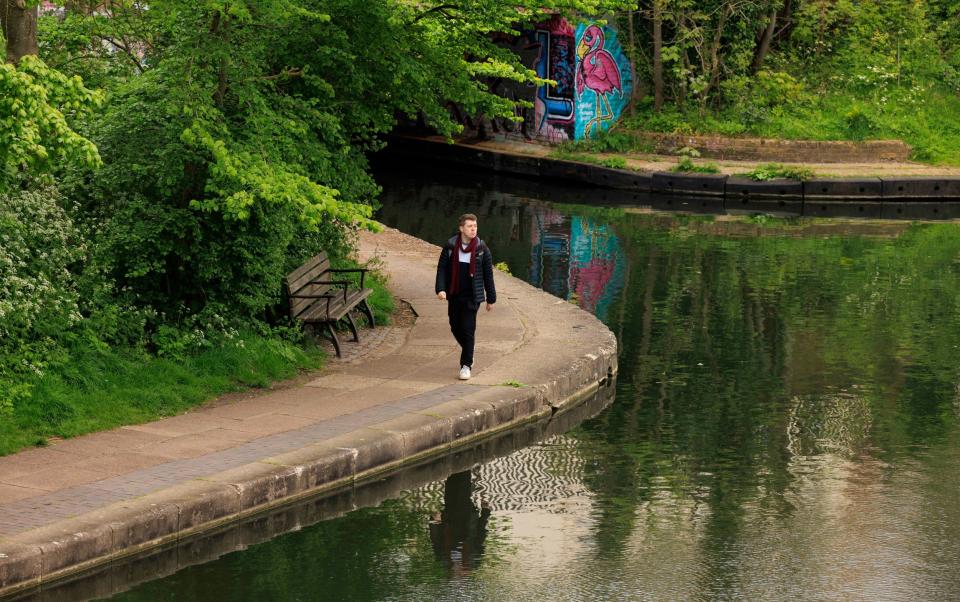
Crossing Oxford Street, I was struck by the absurdity that for many visitors to London, a trip to this nondescript high street is more iconic than visiting any of the lovely parks I’d been to.
Then it was through to Grosvenor Square and down to Berkeley Square in the heart of Mayfair (not on the Greenground Map, but I’m a completionist.) Here anybody who wants to be somebody must be seen stumbling out of a taxi and into Amazonico, Sexy Fish or another of the restaurants lining the square. It’s a very different vision of London to the cool calm of Primrose Hill and Hampstead.
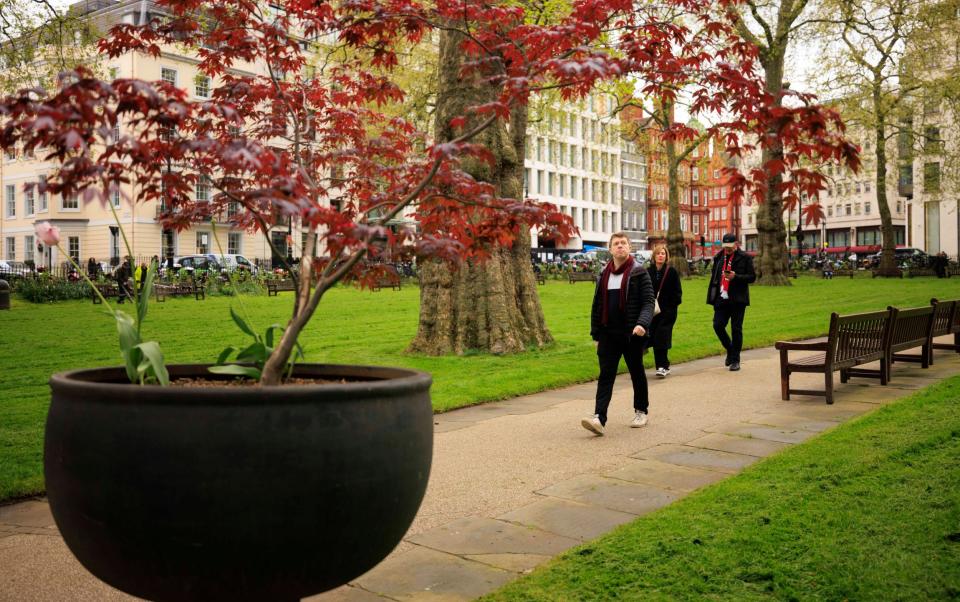
The final part of my walk took me across Green Park and St James, London’s most visited parks as a result of their proximity to Buckingham Palace.
The pair feel, in contrast to other spots on the Greenground, strangely plain. The people I pass are mostly commuters or tourists. Most people are shooting through the parks on their way to somewhere else.
Yet even this unadorned greenery is more than just decorative. There’s something quite magical about the idea that we’ve managed to hide London’s most-photographed landmark, the symbol of the monarchy, amid a swathe of trees.
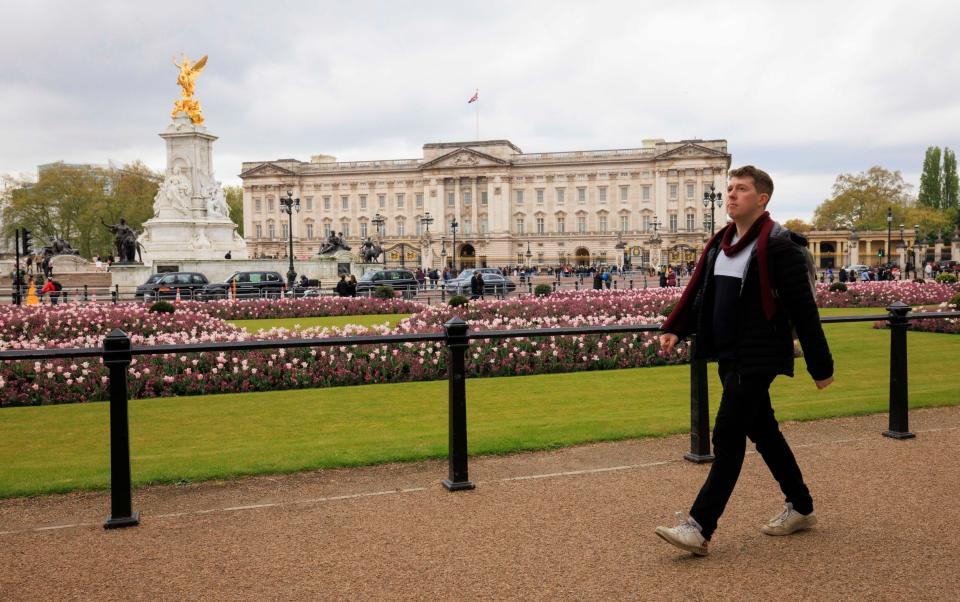
Wandering up Buckingham Palace Road to the Telegraph’s office, I stop at the miniature Grosvenor Gardens. It’s hardly a grand or imposing space (in fact, colleagues have affectionately referred to it as ‘The Triangle of Sadness’) but there’s something scrappy and charming about it; a ping-pong table sits to the edge of one path, surrounded by jubilantly orange flowers.
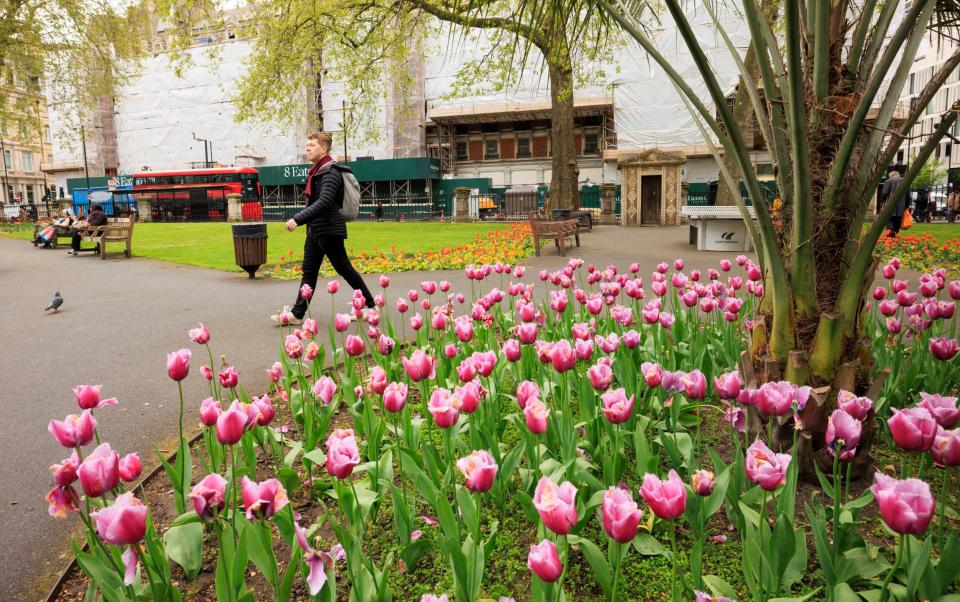
The obvious thing to say about my green commute is that it’s not something I could do daily. What is normally a half-hour journey took me over three hours to walk.
Still, I arrived at the office feeling more at ease, despite having done ten times my usual number of steps. More to the point, I’ve seen parts of London I’d never have thought to visit otherwise, and I feel like I know the city better than I ever have.
The city loves to describe itself as one of the best in the world, but London has always had a hard time justifying why that is. Best nightlife in the world? Forget that, it’s not even the best in the UK. Best food? Try Paris. Best museums? New York might have something to say. Best history? Rome and Athens beg to differ. Best public transport? When it works, maybe.
No, what makes London great, what makes it truly world-beating, is the way that nature suffuses its every pore, softening and shaping it. Yes this is a bright, gleaming, modern city of glass, steel and concrete, but it’s also a place where if you stop and listen hard enough, you can hear the birdsong too.
London walks to savour
If you’ve got time on your hands, there are plenty of leafy strolls to take advantage of in the capital.
Green Chain Walk
This 50-mile hike spans fields, parks and woodlands between the River Thames and Nunhead Cemetery in south-east London.
LOOP
This 150-mile epic circumnavigates the capital; consider it the M25 for walkers.
Green Link Route
This epic 15-mile route connects Peckham and Epping Forest by walking and cycle routes.
The Greenground Map is available from Helen Ilus’s website. Aside from London, the artist has also created similar maps covering Birmingham, Bristol, Cambridge and Peterborough, Edinburgh, Nottingham and Sheffield.

